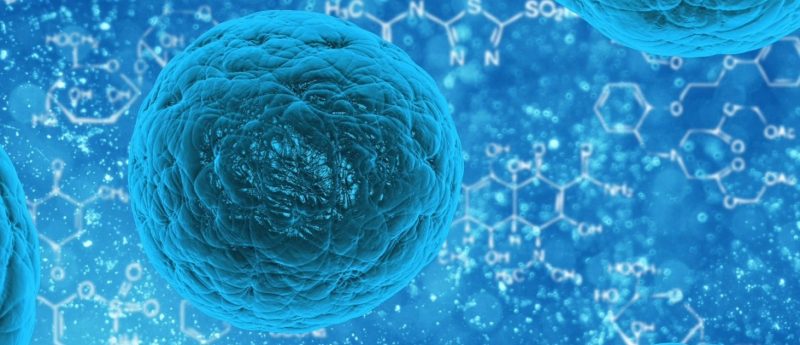Engineered living bone tissue: potential for facial bone reconstruction?

Researchers from Columbia University (NY, USA) have engineered living bone tissue from decellularized bone and autologous adipose-derived stromal/stem cells that successfully implanted and grew in a preclinical model, demonstrating potential application for human facial reconstruction.
Bone deformities in the head and face are generally difficult to repair as not only are the bones geometrically complicated and must the replacement satisfactorily match the facial features, but it must also be able to withstand force. Current maxillofacial reconstructive strategies include using metal, bone putty or grafted bone from elsewhere in the body, and are associated with limitations such as pain and comorbitidy.
Therefore, researchers from Columbia University (NY, USA) have developed a new bone reconstruction technique and tested within pig models, due to their similar jaw anatomy to humans, and the significant bone regrowth has suggested the technique as having the potential for human clinical application. Utilizing precise imaging technology, decellularized cow trabecular bone was shaped to fit into the missing ramus-condyle unit from the pigs’ jawbones, then seeded with the pig’s own stem cells, which were harvested from the animals’ fat.
The engineered tissue was then placed in a custom-designed perfusion bioreactor for 3 weeks, allowing the seeded autologous adipose-derived stromal/stem cells and scaffold to form immature bone tissue. The bone grafts were then implanted in the pigs and their growth monitored for the next 6 months. During this period the transplanted bone integrated into the pig’s jaws, prompting new bone growth and strengthening the bone so that it could tolerate the force required to chew, as evidenced by histological and image analysis.
The researchers discovered that the implants remodeled like natural bone, demonstrating that the minipig’s body — a human-scale preclinical model — reacted to the implant like its own bone, breaking it down and rebuilding as needed. The results proved satisfactory for Gordana Vunjak-Novakovic (Columbia University), who stated: “it tells us that these bones will really become an integral part of the body and continue to change in the body.”
Within the study, six of the animals received engineered implants, six others received the bovine bone without any stem cells and two received no implant at all. At 6 months, all animals had some regrowth of the missing jaw. Quantitative image analysis determined that the pigs that received the engineered implant grew the most bone. These pigs also developed jaws that could withstand the physical forces sustained during the animals’ activities.
Rosemarie Hunziker, director of the NIBIB program in Tissue Engineering, commented: “this is a promising step towards creating better implants for humans.” She established that several key factors enhanced the clinical prospects of the research. The team was able to isolate stem cells from fat, yielding ample cells and with less discomfort than from bone marrow. They also avoided the use of growth factors, as not only would they increase cost but may also lead to excessive bone growth. She attributed success to their understanding and integration of key factors: optimal growth conditions, exact timing, the right cells and a well-prepared scaffold.
Although porcine models were used, the researchers performed the procedure as would be carried out in humans, leaving Vunjak-Novakovic hopeful it will translate to the clinic and “aiming to get clinical trials within the next few years.”
Sources: Bhumiratana S, Bernhard JC, Alfi DM et al. Tissue-engineered autologous grafts for facial bone reconstruction. Sci. Transl. Med. 8(343), 343ra83 (2016); www.nibib.nih.gov/news-events/newsroom/bioengineers-grow-living-bone-facial-reconstruction